REDay2013 – Open Days Exhibition ‘100EUrban Solutions’ Committee of the Regions, Brussels – October 2013
Renovate your buildings to Renovate your local economy!
Renovating Europe’s buildings is the solution to delivering on the EU’s Climate Goals and Growth Agenda, as well as providing multiple benefits including improved health conditions for Europe’s citizens. The Renovate Europe Campaign aims to help the EU achieve these objectives by advocating for a reduction of the energy demand of the EU building stock by 80% by 2050.
The 3 projects below drawn from 3 different European countries, outline 3 different financing schemes, and demonstrate the feasibility and the multiple benefits of renovation programmes. Cities and regions have a key role to play in driving these renovation programmes across Europe to ensure that the multiple benefits of increased renovation rates are reaped by the economy, the environment and society at large.
RENOVATION PROJECT N°1
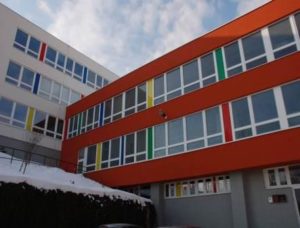 Project Description:
Project Description:
The Elementary School “Kaminky” in Brno-Novy Liskovec, Czech Republic, was fully renovated in 2008-2009 with the aim of reducing the energy bills and increasing comfort for building users.
Which Financing Model was used?
This funding was provided by a mix of EU, national and local funds: the Structural Funds (ERDF) covered 66%, the Czech State Environment Fund covered 4% and the Municipality of Brno-Novy Liskovec covered 30% of the investment.
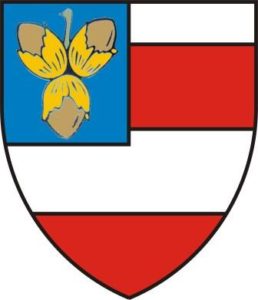
What were the main benefits?
Economic benefits: The electricity bill dropped by at least 50%
Environmental benefits: Energy consumption decreased by 56%, resulting in lower C02 emissions
Health benefits: Better indoor comfort for the children
Other multiple benefits: Energy efficient renovations stimulate the local economy through creating local jobs and activating the underperforming construction sector.
RENOVATION PROJECT N°2
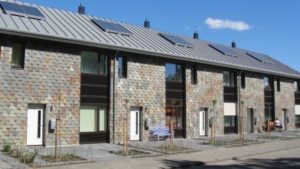 Project Description:
Project Description:
In 2010-2011, the Dutch social housing provider AlleeWonen renovated 246 identical, single family terrace houses in the area of Kroeven in Roosendaal, the Netherlands.
The renovation took place with the tenants remaining in their homes throughout the whole renovation work. This required both a fast and non-intrusive renovation process, using prefabricated timber facades and roofs.
Which Financing Model was used?
An innovative financing model was used to fund this project: the building occupants accepted a rent increase of €65 per month, which equals the average calculated energy savings at current energy prices. Costs for this project were therefore partly funded by the occupants from the savings made on the energy bills.
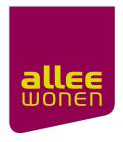
What were the main benefits?
Economic benefits: Building-related energy bill to be reduced by 60-70% (full bill for additional costs reduces by 40%, at constant energy prices).
Environmental benefits: Energy consumption decreased by 60-70%, resulting in lower C02 emissions
Health benefits: Better indoor comfort for the occupiers
Other multiple benefits: Expected higher property value for the buildings
RENOVATION PROJET N°3
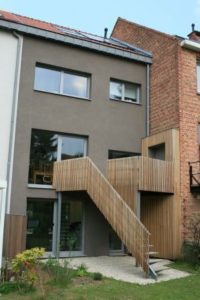 Project Description:
Project Description:
In 2009, the renovation of this residential house to PassivHaus Standard was undertaken in Brussels, Belgium.
Which Financing Model was used?
The funding for this investment stemmed from both public and private funds. The private home-owner ensured that 22% of the cost for this investment was covered by Regional and National Funds.
What were the main benefits?
Economic benefits: Annual energy bill dropped around 2250€.
Environmental benefits: Energy consumption decreased by 90% (resulting in lower C02 emissions).
Health benefits: Better indoor comfort for the family, which encouraged the next-door neighbour to undertake the same renovation scheme due to its success.
Other multiple benefits: Energy efficient renovations stimulate the local economy through creating local jobs and activating the underperforming construction sector.
